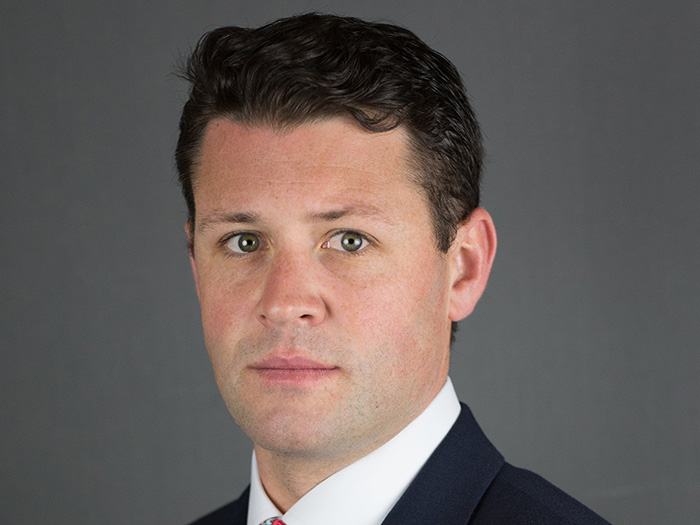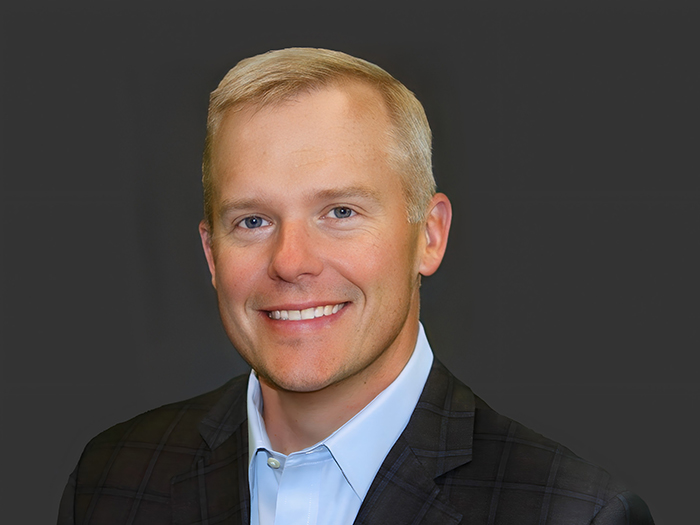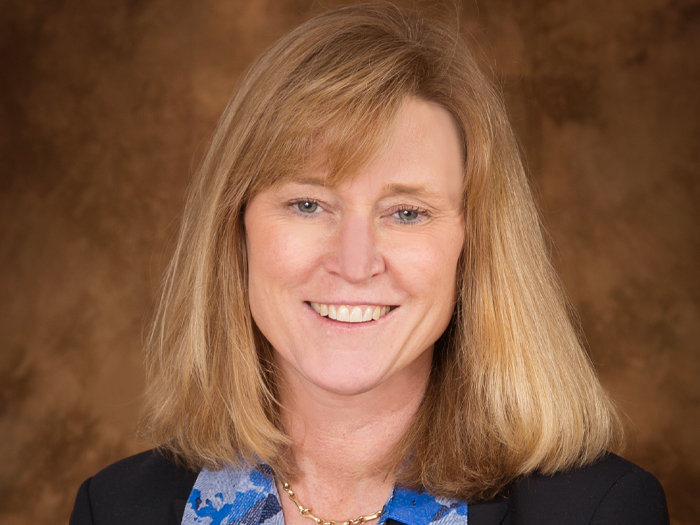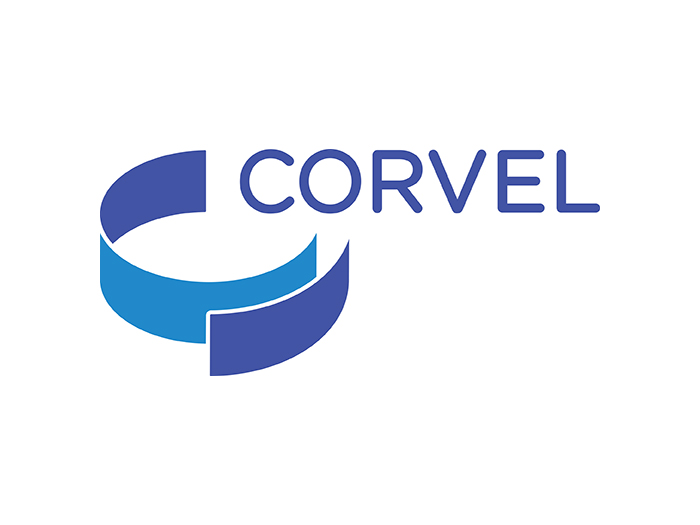Rising Star Brendan Fountain Energized by Serving Clients in the Energy Sector


Come see the Stars! As part of our ongoing coverage of the best brokers in the commercial insurance space, Risk & Insurance®, with the sponsorship of Philadelphia Insurance, is expanding its coverage of the Rising Stars, those brokers who represent the next wave of insurance brokering talent.
Look for these expanded profiles on the Risk & Insurance website and in your social media feeds throughout the year.
Here’s our conversation with Alliant’s Brendan Fountain, vice president, energy & marine, and a 2023 Renewable Energy Power Broker winner.
Risk & Insurance: How did you get into the insurance industry?
Brendan Fountain: During my junior year of college, I had the opportunity to work at Miller Insurance in London, as a semester intern, within its energy team. My time in the London market was a great experience and cemented the idea that brokering, specifically within the energy sector, was an attractive career path for me.
R&I: What was your next step?
BF: After I graduated from Providence College, I worked in London for another independent brokerage firm, RK Harrison [now Howden Insurance].
During my time there, I formed many great relationships with individuals who wanted to see me succeed, including Rob Collecott, Sam Martyn and Matthew Hilsum.
R&I: How did your first job impact you?
BF: Continual change is inherent when working in the energy insurance sector, especially within power and renewables. My colleagues at RKH provided me with a platform that offered me the opportunity to see new challenges every day.
I enjoy working in a field that is constantly evolving and appreciate that my continued experience in the energy insurance industry is in an environment that fosters opportunities to learn and improve.
R&I: What do you like about the power sector?
BF: Our clients are the owners, operators and developers of power and renewable energy projects across the globe. They are highly dynamic — continually pursuing new project opportunities and optimizing the performance of their projects through technological advancements and operational best practices.
Our team is a highly technical group of power and renewable specialists, which is how we differentiate ourselves and drive optimal insurance strategies to our clients. We excel at a technical broke, explaining to the underwriting community why certain risks are more favorable from a loss-control perspective and, ultimately, how our clients are trying to reduce their exposure to a claim.
Our group ethos necessitates being collaborative and nimble, ready to tackle the industry’s newest hurdle.
It is immensely rewarding to be part of a team that has continual drive toward improving risk for our clients, who are at the forefront of the energy transition, and to provide those results at the highest level of service.
R&I: How do you expect the Bipartisan Infrastructure Law to impact your clients?
BF: It’s clear our clients, which are some of the largest in the power project finance space, have taken advantage of the incentives derived from the law coming into effect. We have seen tremendous growth in our clients’ development portfolios and in the number of projects that they are executing and retaining as owned projects.
R&I: How is the Bipartisan Infrastructure Law affecting sustainability in the power sector?
BF: The renewables space is made of numerous developers that have a successful history of the developer and flip mode, developing projects and then and selling to financial entities such as pension funds.
However, in recent years, with the support of these policies, we are seeing more midsized renewable companies take the leap to becoming independent power producers [IPPs] and now owning and operating their projects. This is a clear indication of companies taking advantage of the competitive power model that we previously have seen in thermal power IPPs.
This progression is very exciting. As our renewable clients are growing, our imperative is to combine an innovative broking and risk management strategy with the institutional knowledge we have from our conventional power experiences.
Helping my clients develop solutions to quantify their inherent risk and transfer risk in more impactful ways — while ensuring these solutions align with their financing and operations teams that support this development — is highly rewarding.
R&I: What is your approach to providing customer service?
BF: For complex risk management accounts, effective communication is the foundation of a positive broker-client relationship.
Our team believes in entrenching ourselves within our clients’ day-to-day operations, opening an efficient flow of communication between our collective teams. This open dynamic enables us to be proactive in our approach to risk management and insurance program design, as well as to develop solutions that achieve client goals and strengthen our client’s market relationships.
This level of integration is critical. The insurance market is cyclical, and appetites are constantly changing. A decision at any phase of a project lifecycle can impact how you structure an insurance solution.
We pride ourselves on being available to our clients’ projects from “cradle to grave” and often provide impactful insight to the market early to help mitigate future risks and costs.
R&I: What are the biggest risks affecting your clients today?
BF: Over the past five years, the most significant challenge impacting renewable energy projects, specifically solar projects, is the significant restriction in coverage available for secondary catastrophic perils, including severe convective storm and, more specifically, hail.
Renewable energy carrier GCube released an interesting statistic of its portfolio recently. It shared that, despite hail claims being only 1.4% of the total number of claims filed, they are about 54% of incurred costs of total solar losses.
The potential impact of these storms is significant and clearly a severity concern.
Many in the insurance sector express that the significant growth in renewables spurred by the Bipartisan Infrastructure Law has caused aggregation concerns in areas of the United States prone to hail, which could lead to more loss activity and is compounding the inherent risk. At the sponsor and/or project level, we are seeing the investment into renewables to incentivize not only project pipelines but also incentivizing projects to optimize their availability.
R&I: How are clients protecting against hail?
BF: [We are seeing] significant investment into technological improvements to defend against hail, as well as a shift in O&M best practices to implement that technology with the end goal of either preventing losses or mitigating the overall magnitude of these losses. It is not a surprise that any IPP or utility that owns solar projects in the Electric Reliability Council of Texas (ERCOT) wants to be generating during summer.
It is our job to help clients develop processes and implement best practices in order to help achieve this.
During the early development phase of the projects, we work with our clients diligently to continually consider their equipment selection and the impact of those selections (i.e. tracker selection, thin film versus polycrystalline solar panels), as well as pre- and post-storm operation strategies.
We take that comprehensive understanding of our clients’ projects to the underwriting community to optimize their insurance procurement.
R&I: What other sectors are being impacted by evolving technology?
BF: The Battery Energy Storage System (BESS) sector is experiencing significant technological advancements through frequent equipment iterations. As we have seen historically on the thermal side of power, along with technological advancement come claims.
Due to BESS claims experience, there are varying levels of comfortability across the underwriting community to certain technologies.
Within the past six months, our team has supported over five gigawatts of BESS projects reaching mobilization. For each of those projects, we have taken the same approach as we do with all our development projects: early engagement with our engineers to implement impactful risk mitigations efforts.
It’s always much more cost-effective to implement change such as spacing, project elevation or fire detection during project design than after it’s been constructed.
R&I: How do you market your clients’ proactive measures against risk?
BF: On the flip side, we also have had great success in working with clients, their OEMs and the underwriting community to get comfortable with retrofit solutions for plants that have already reached their commercial operations date but are having some “teething” issues.
Successfully supporting our clients in this highly consultative way is a large undertaking, but it’s something we are always striving to be at the forefront of, because we know it will directly impact our clients’ profitability. &










